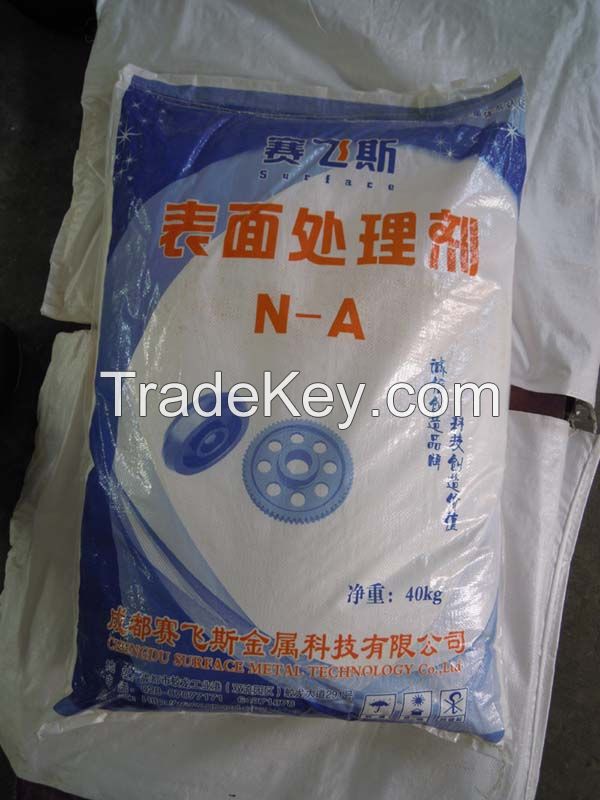
FOB Price
Obtener el precio más reciente2 ~ 6 / Kilogram ( Negotiable )
|Minimum Order
Place of Origin:
-
Price for Minimum Order:
Minimum Order Quantity:
1 Ton
Packaging Detail:
40KG per bag
Delivery Time:
3-5days
Supplying Ability:
1000 Ton per Month
Payment Type:
T/T, Western Union, PayPal
Persona de contacto William
Chengdu, Sichuan
| Material | Compound layer(µm) | Total diffusion(µm) | Hardness(HV0.3) |
| Low & Medium carbon steel | ****0 | ******0 | ******0 |
| Tool & Die steel | ***0 | ****0 | *******0 |
| Stainless steel | ****0 | *******0 | |
| Cast iron | <**0</span> | ******0 |